In the world of maintenance and diagnostics, the ability to detect hidden leaks is crucial. Whether it's a water pipe behind a wall, a gas line beneath the ground, or a steam leak in an industrial plant, early detection can save resources, prevent damage, and ensure safety. One of the most effective tools for this task is thermal camera imaging. This technology allows us to see what the naked eye cannot: the invisible signs of leaks that can lead to significant problems if left undetected.
Understanding Thermal Imaging Technology
A thermal camera, also known as a thermographic camera, is a device that detects infrared radiation, or heat, and converts it into an electronic signal. This signal is then processed to create a visual representation of the temperature variations within the scene. The resulting image, known as a thermogram, highlights areas of differing temperatures, making it an invaluable tool for leak detection.
Why Use Thermal Cameras for Leak Detection?
Traditional methods of leak detection, such as listening for water sounds or smelling for gas, can be time-consuming and unreliable. Thermal imaging offers a faster, more accurate, and safer alternative. By identifying temperature anomalies, thermal cameras can pinpoint the source of leaks without the need for invasive procedures.
Types of Leaks Thermal Cameras Can Detect
Thermal cameras are versatile and can detect a variety of leaks, including:
- Water leaks:By identifying areas of cold where water has seeped into walls or floors.
- Gas leaks:By detecting the temperature difference caused by the gas escaping.
- Steam leaks:By spotting the heat loss from steam escaping through small cracks.
-
Electrical faults:By revealing hotspots that may indicate electrical issues.

How to Choose the Right Thermal Camera for Leak Detection
When selecting a thermal camera for leak detection, consider factors such as:
- Resolution:Higher resolution cameras provide more detailed images.
- Temperature range:Ensure the camera can handle the temperature extremes of your environment.
- Sensitivity:Look for cameras with the ability to detect small temperature differences.
Step-by-Step Guide to Using a Thermal Camera for Leak Detection
- Prepare the Site:Ensure the area is safe and clear of any obstructions.
- Operate the Camera:Follow the manufacturer's instructions for setting up and using the camera.
- Analyze the Images:Look for temperature variations that may indicate leaks.
-
Document Findings:Keep records of the images and locations for further investigation and reporting.

Maintenance and Calibration of Thermal Cameras
Regular maintenance and calibration are essential to ensure the accuracy of thermal cameras. This includes cleaning the lens, updating software, and calibrating the camera to ensure it accurately measures temperature differences.
Future of Thermal Imaging in Leak Detection
As technology advances, thermal imaging is becoming more sophisticated and accessible. We can expect to see improvements in resolution, sensitivity, and user-friendliness. These advancements will further enhance the ability of thermal cameras to detect leaks and other issues before they become major problems.

Thermal camera imaging is a powerful tool for detecting hidden leaks. Its ability to visualize temperature differences makes it an invaluable asset in maintenance and diagnostics. As technology continues to evolve, we can expect thermal imaging to play an even more significant role in leak detection, helping to save resources, prevent damage, and ensure safety.


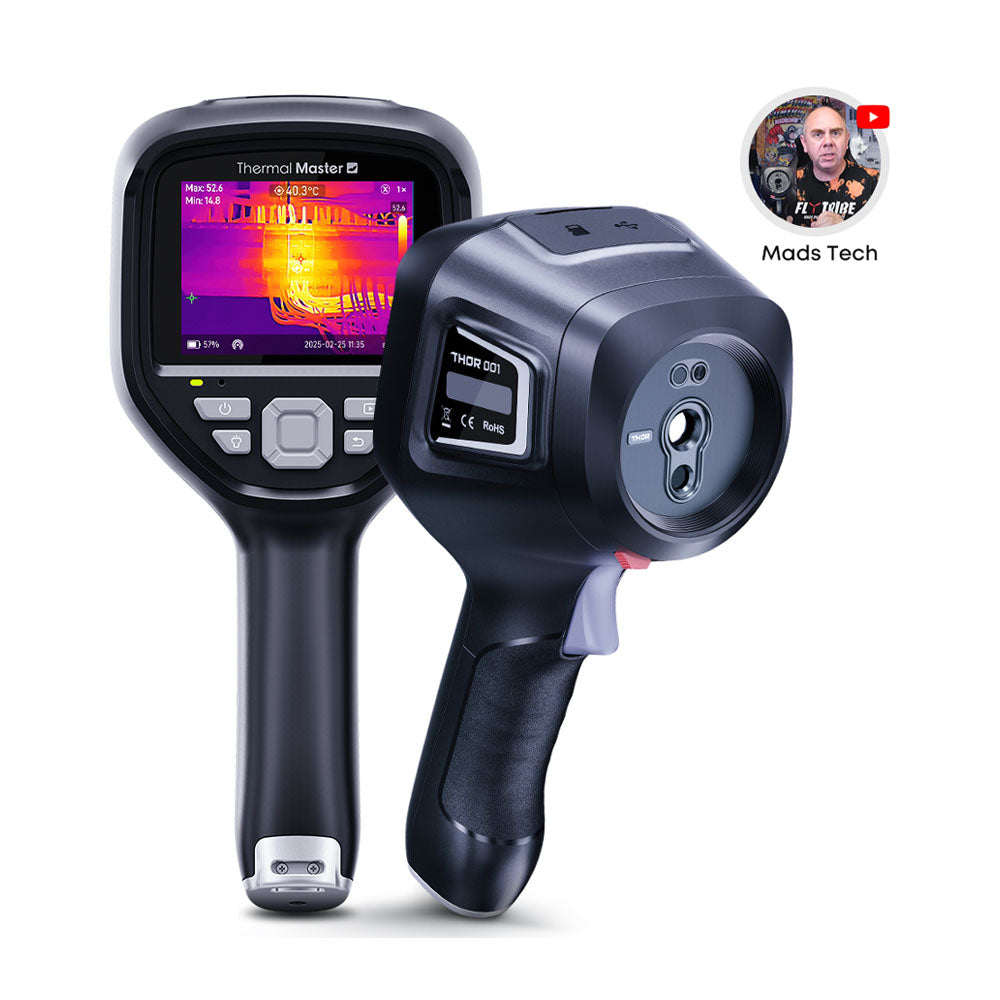

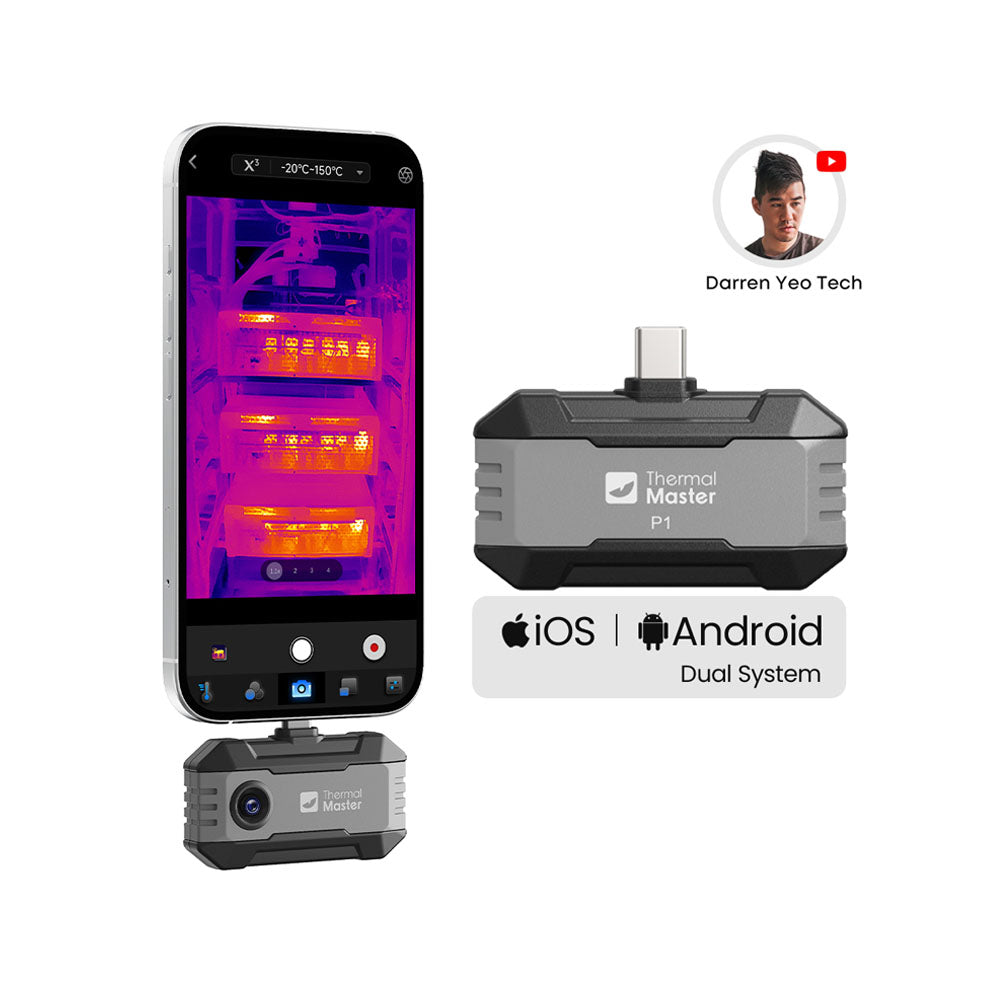
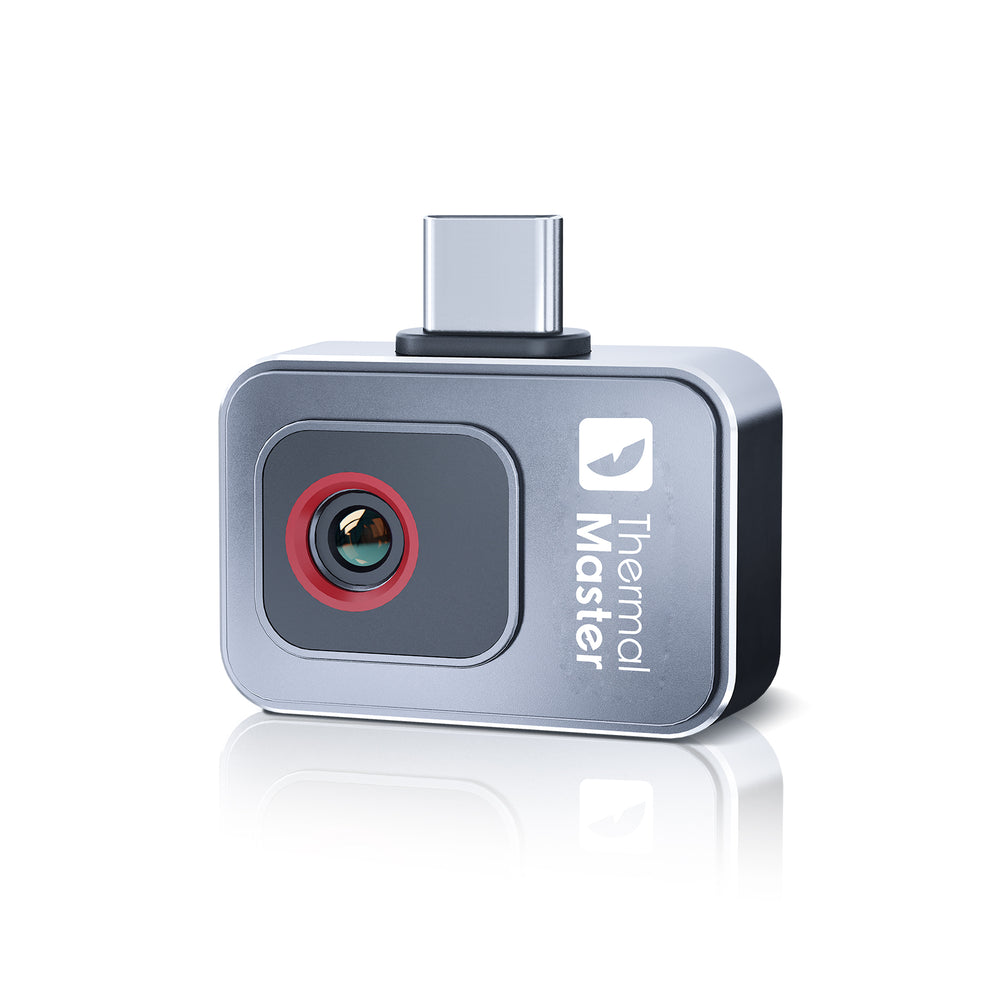
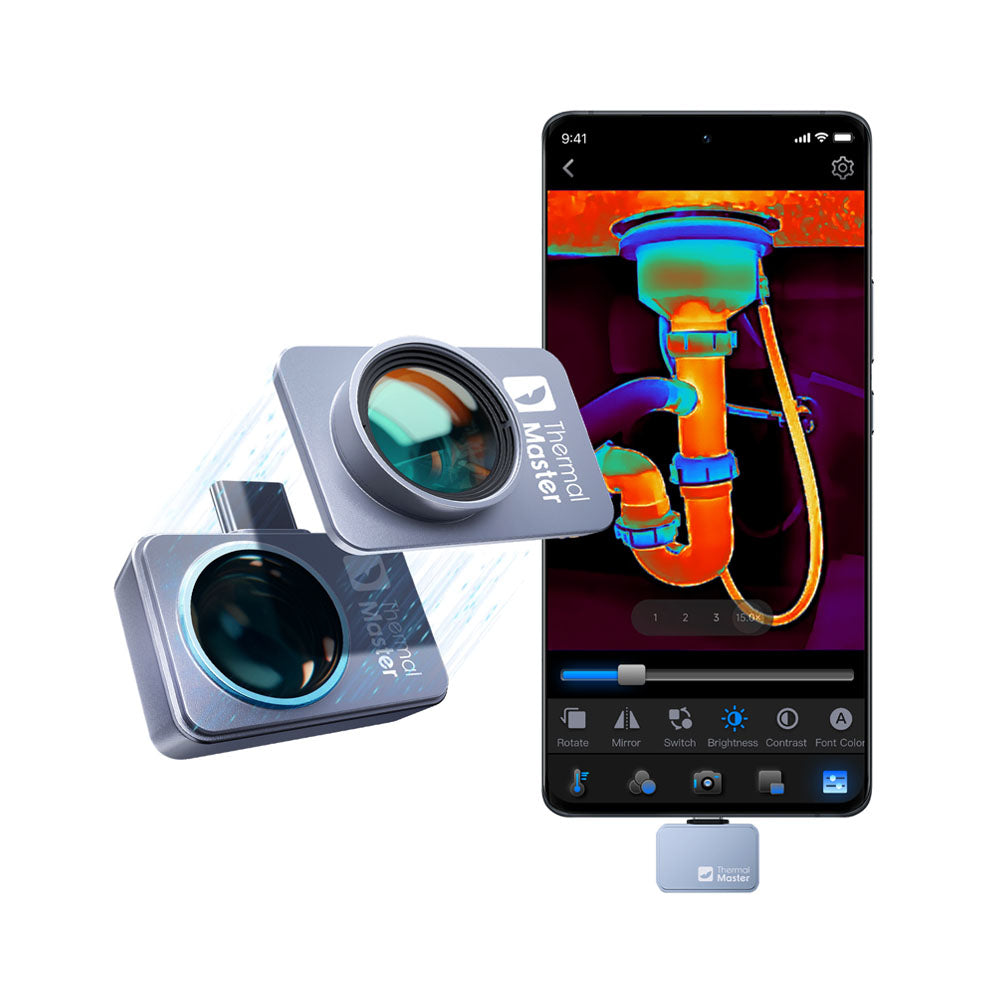

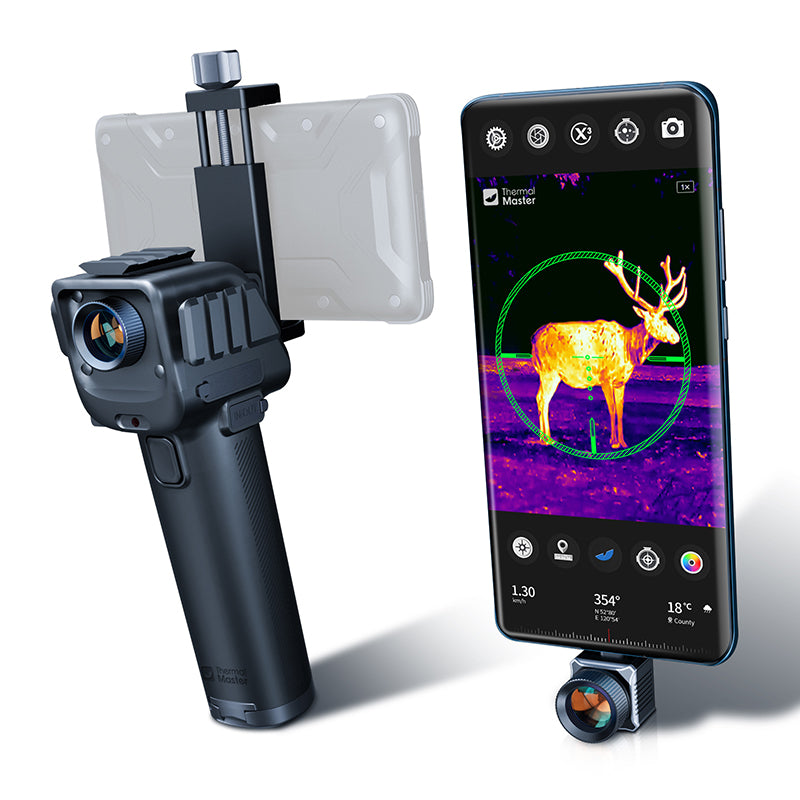
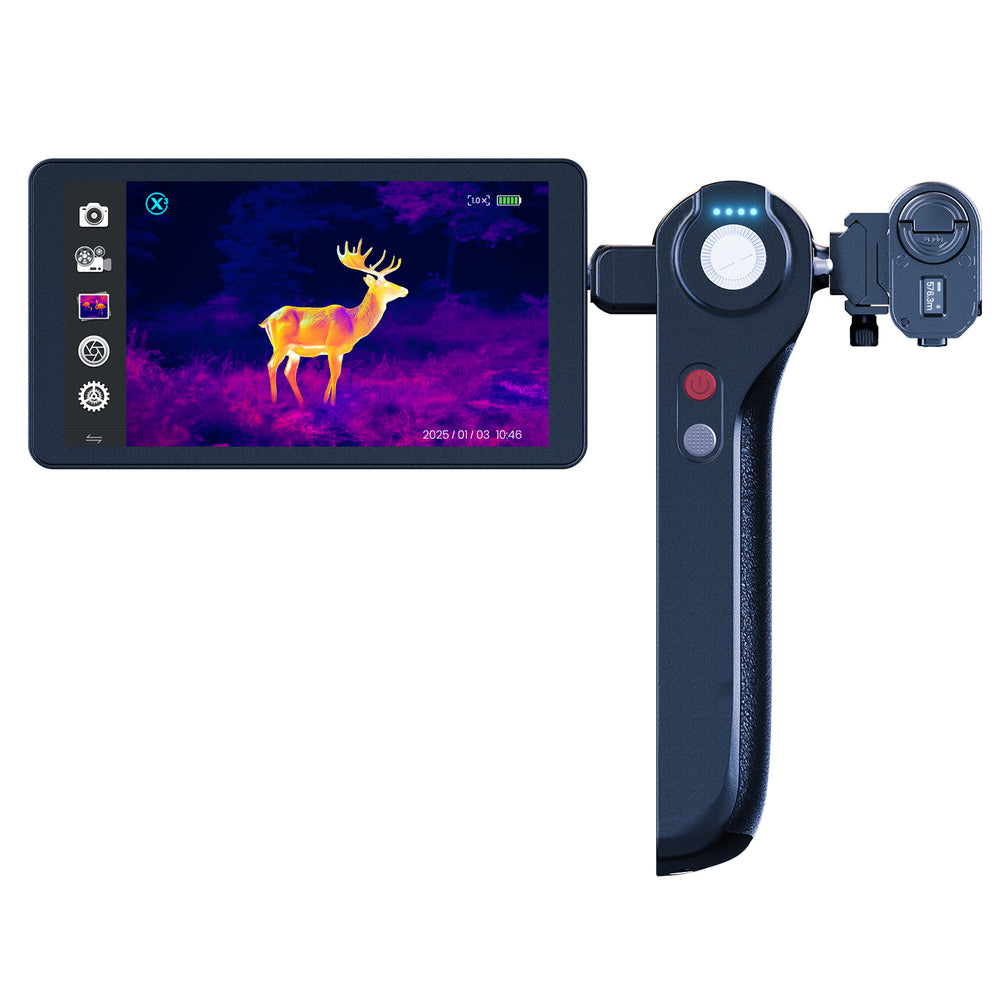
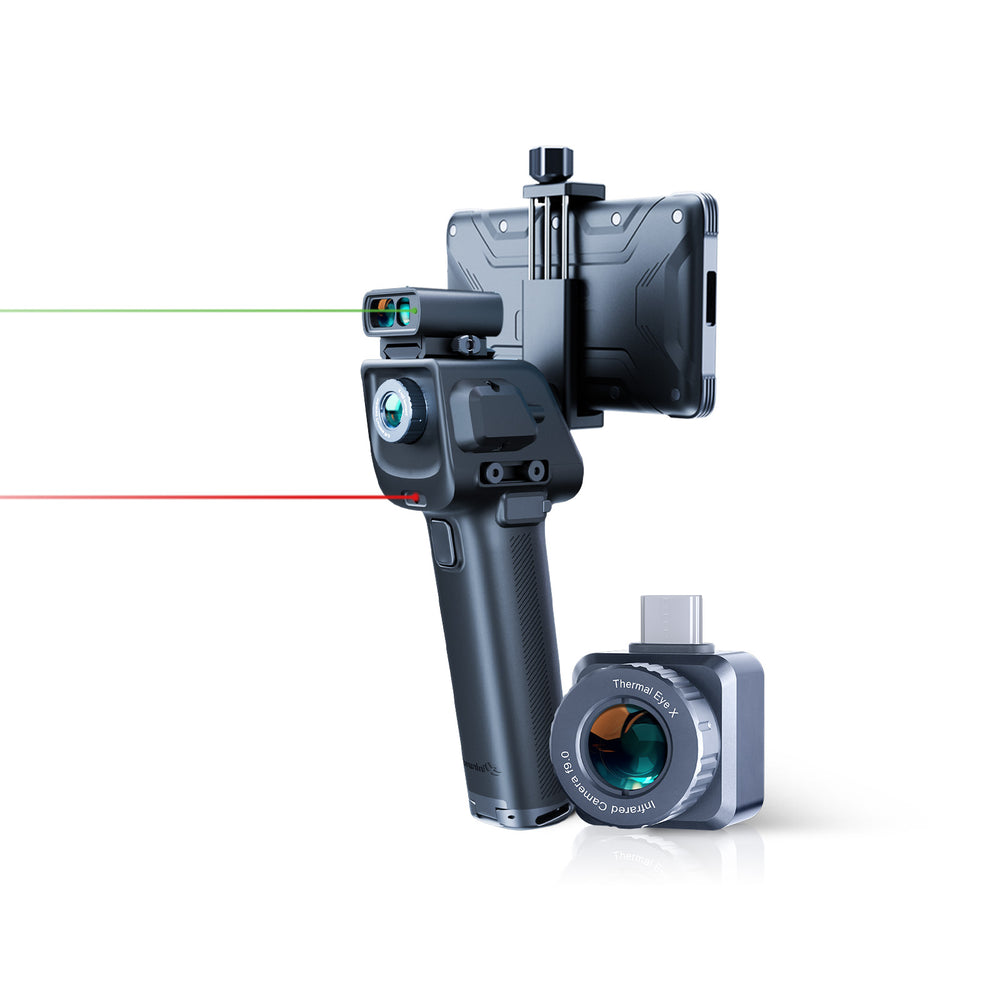
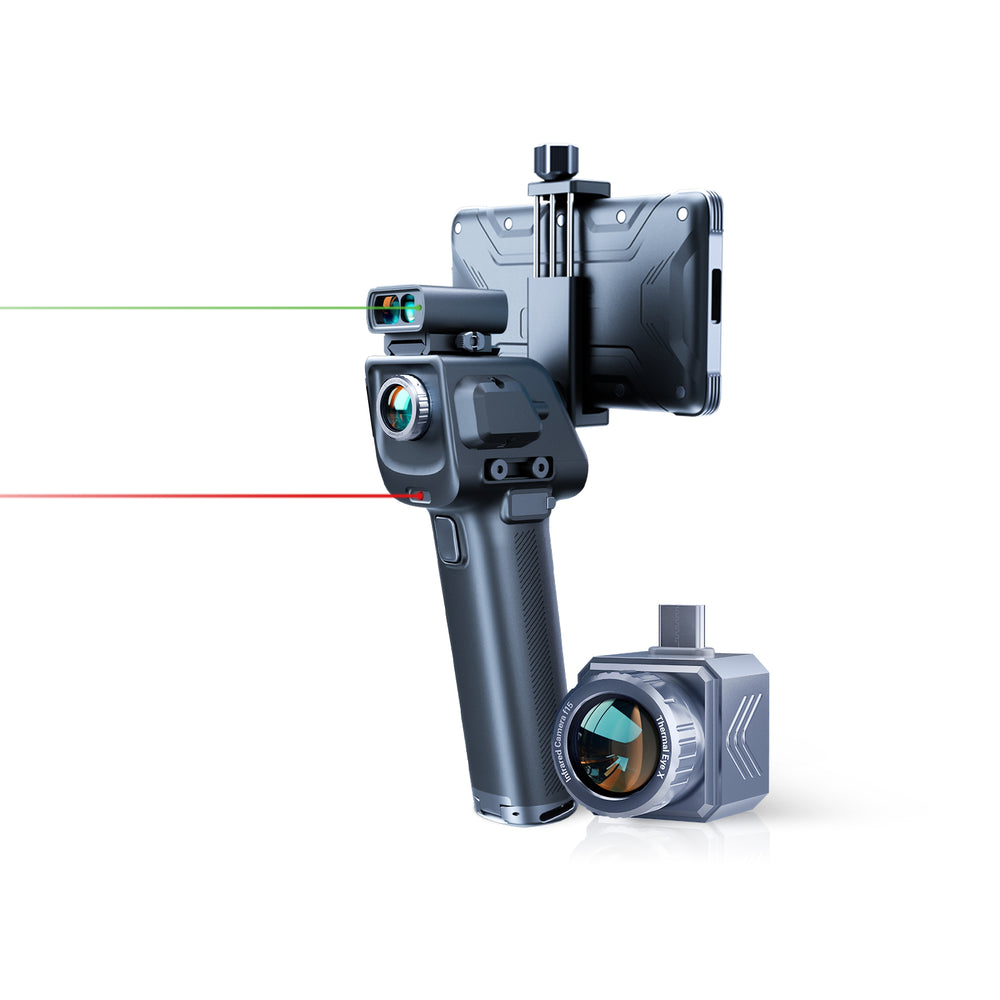
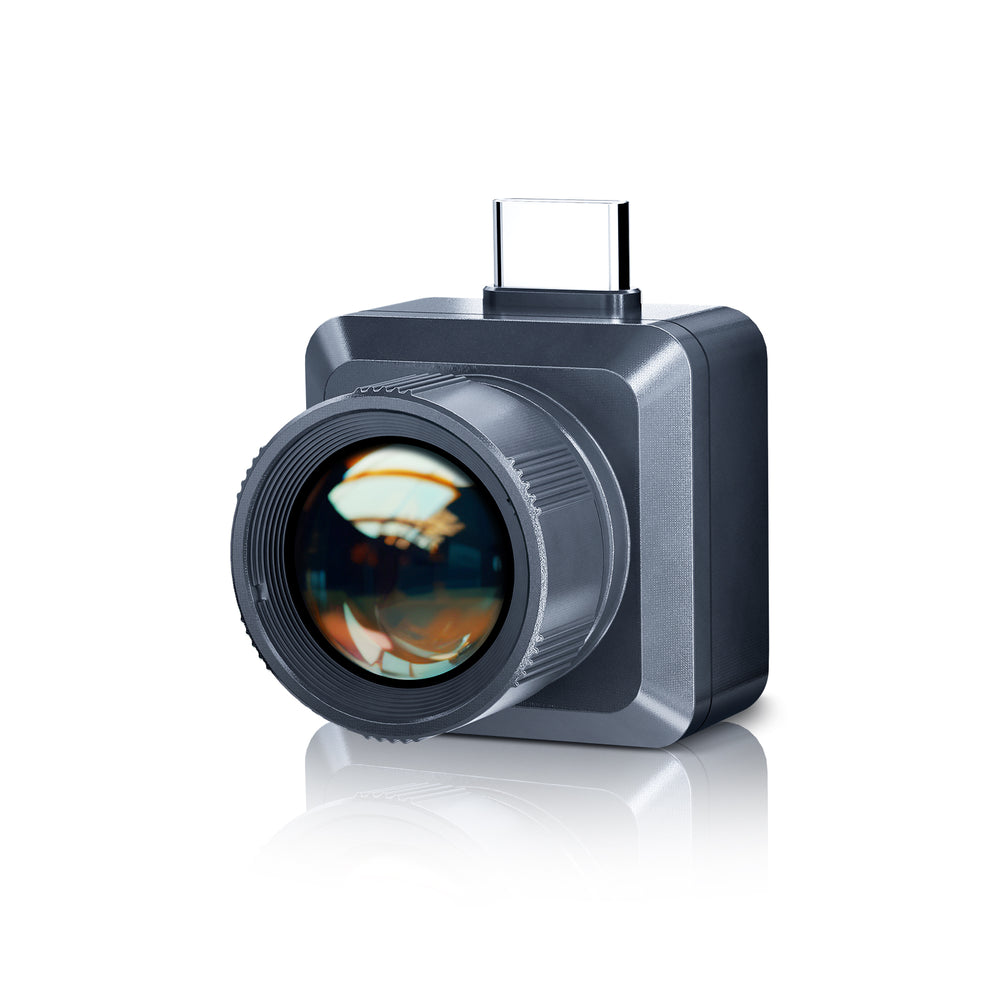
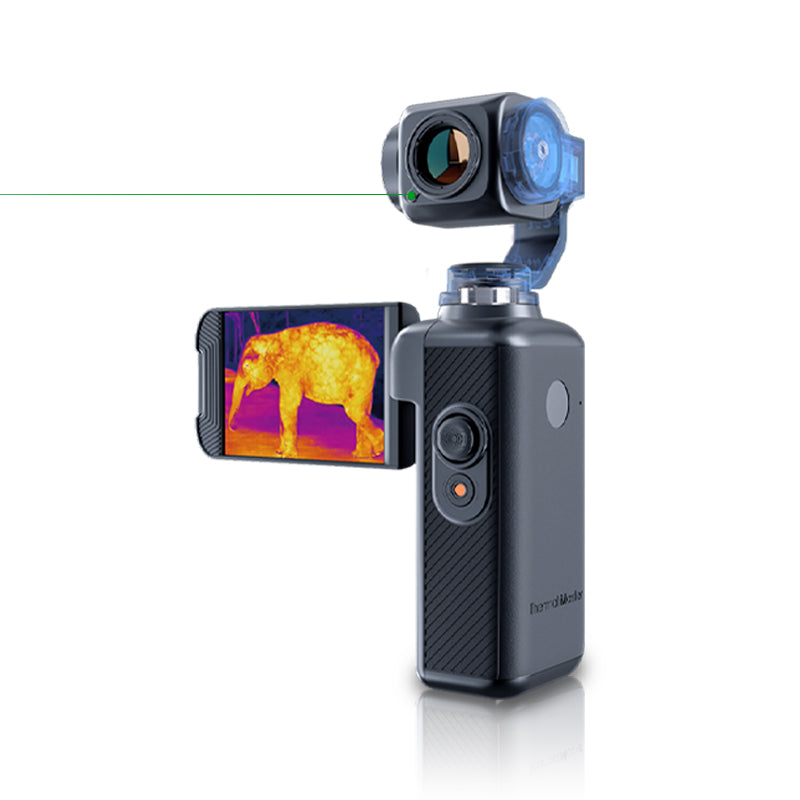
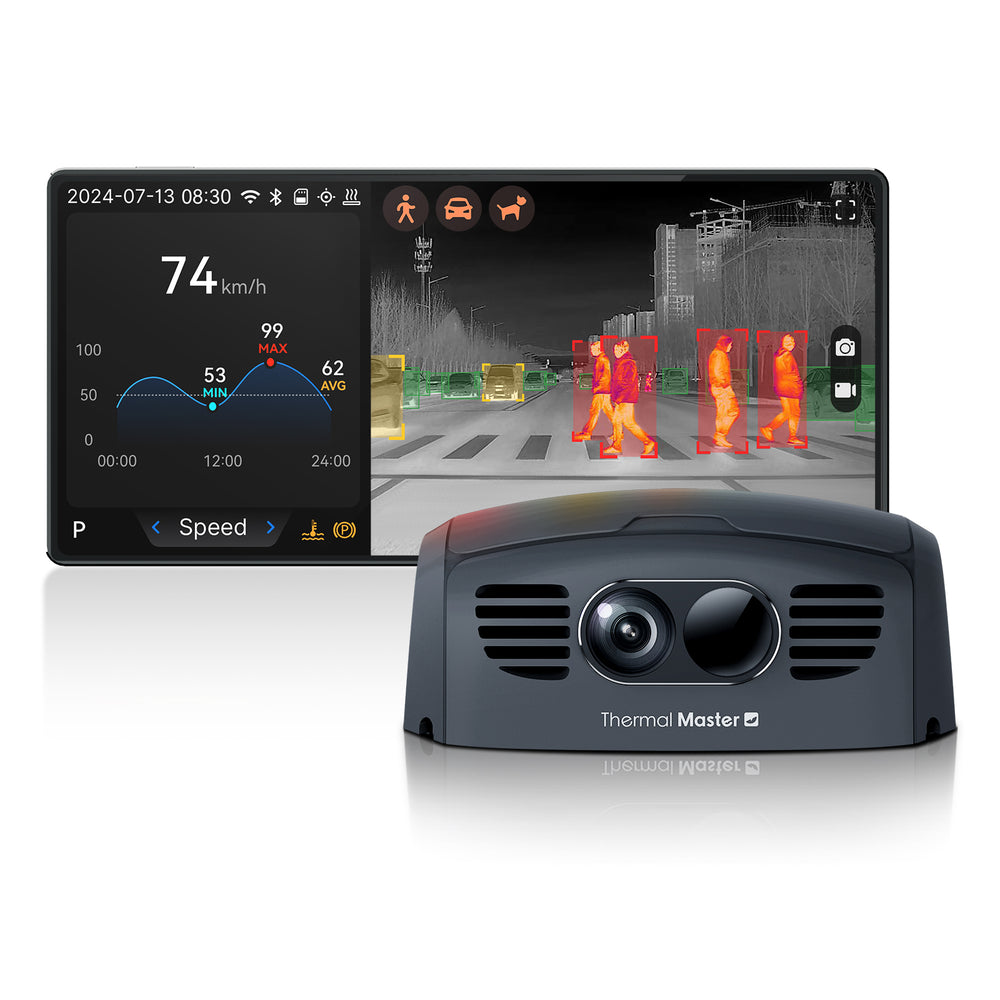
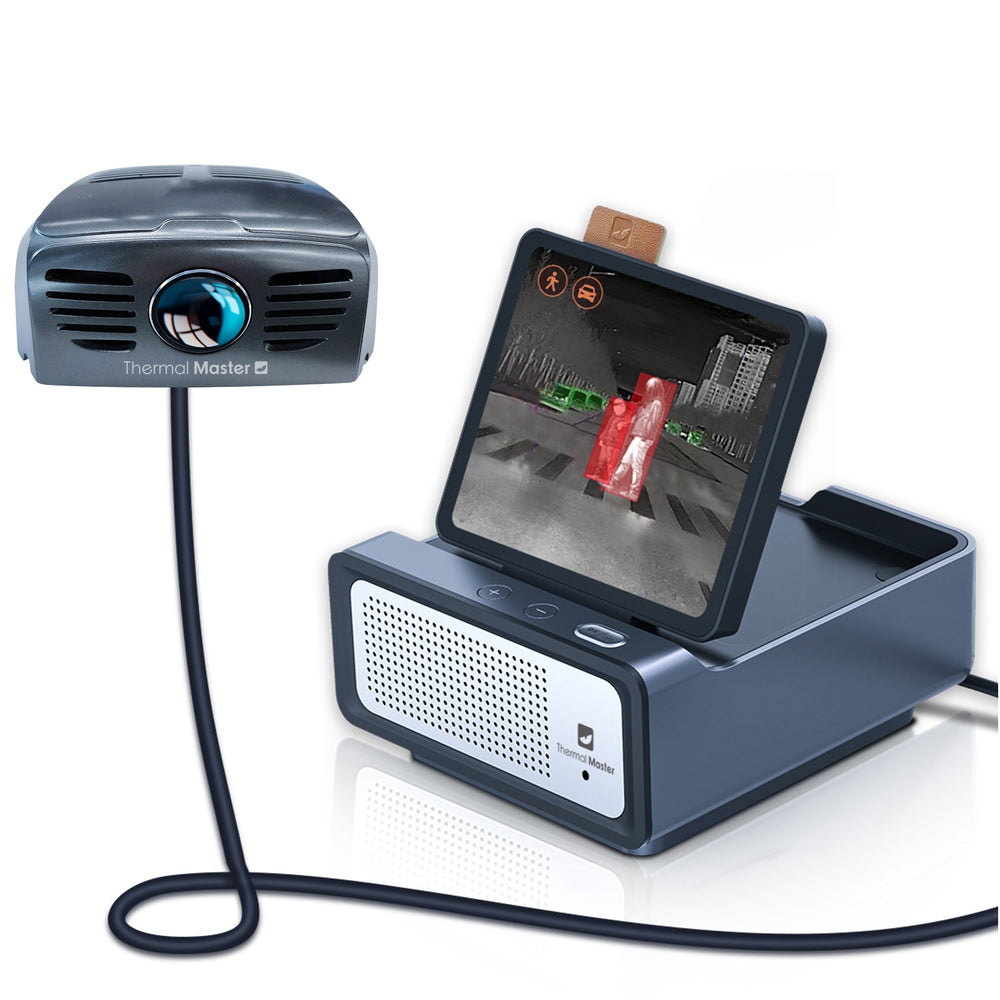
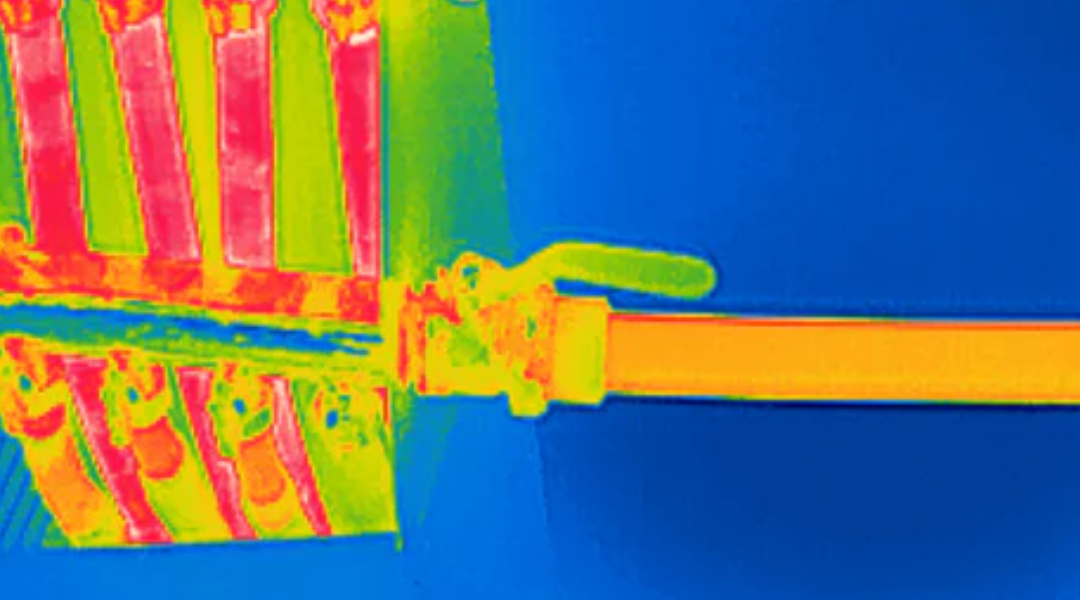
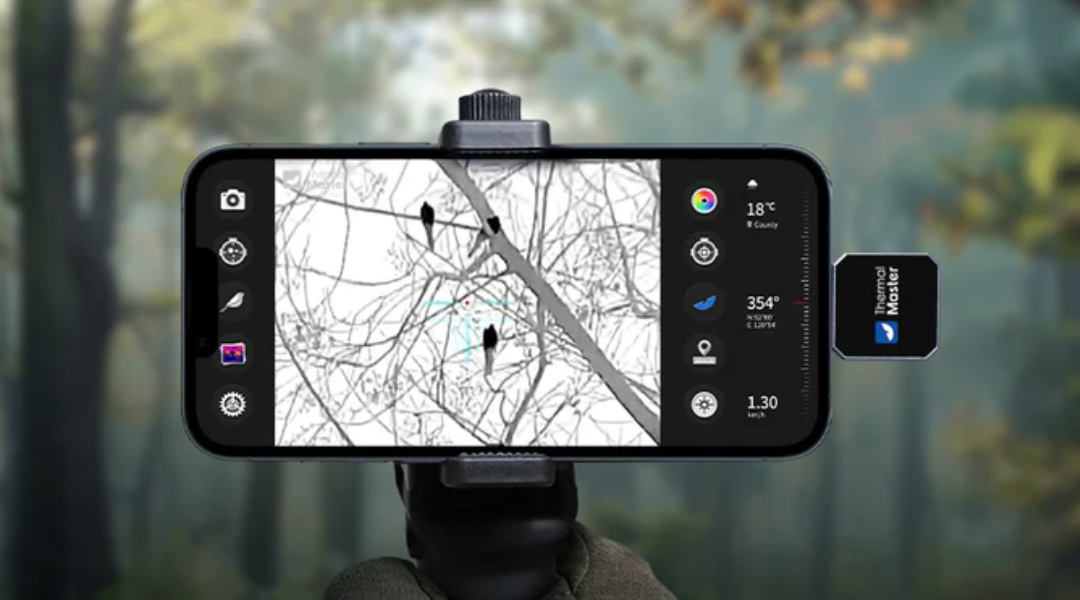
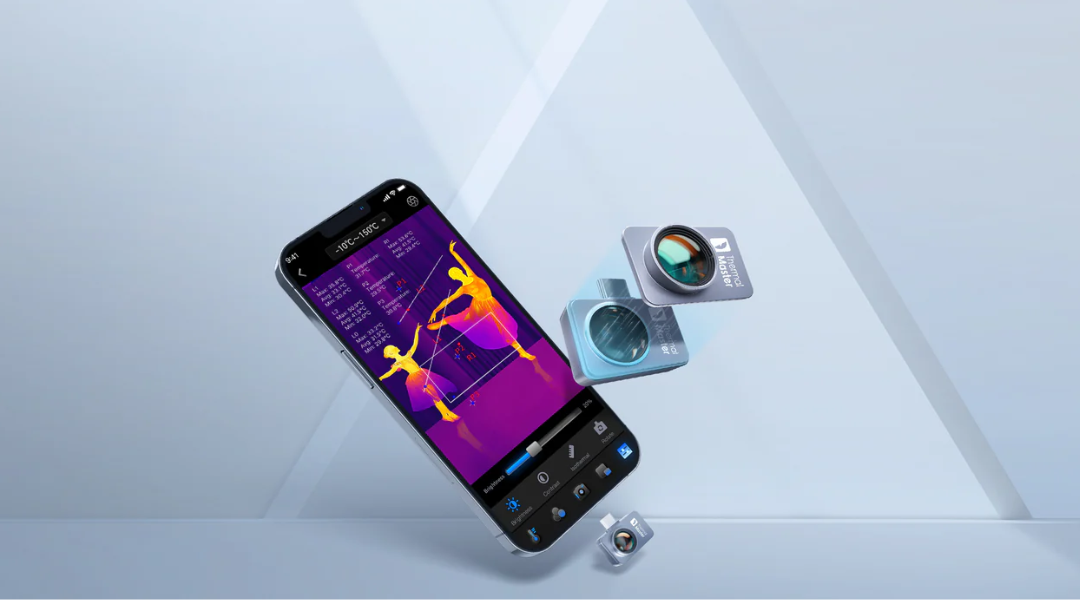
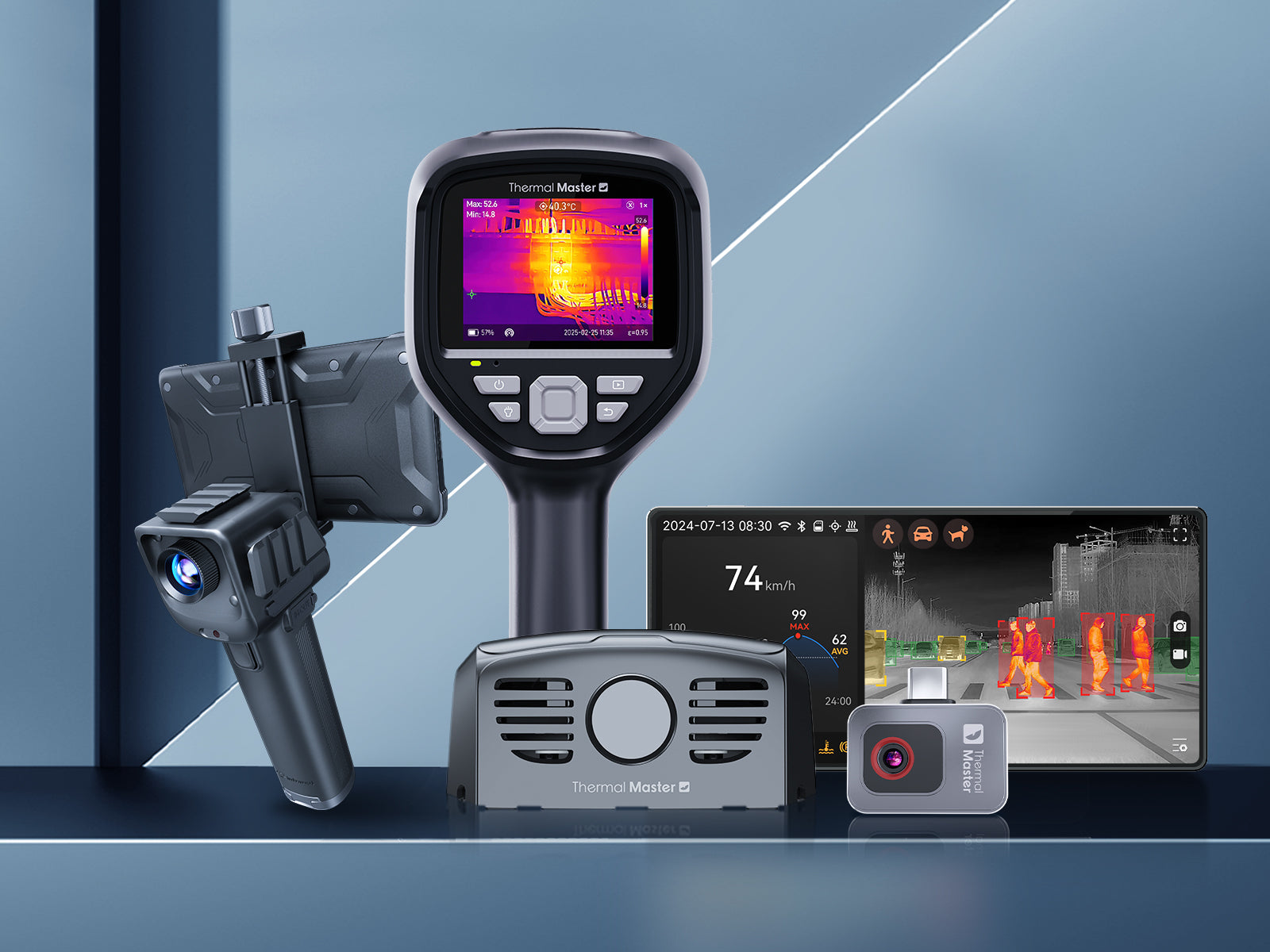
Leave a comment
All comments are moderated before being published.
This site is protected by hCaptcha and the hCaptcha Privacy Policy and Terms of Service apply.